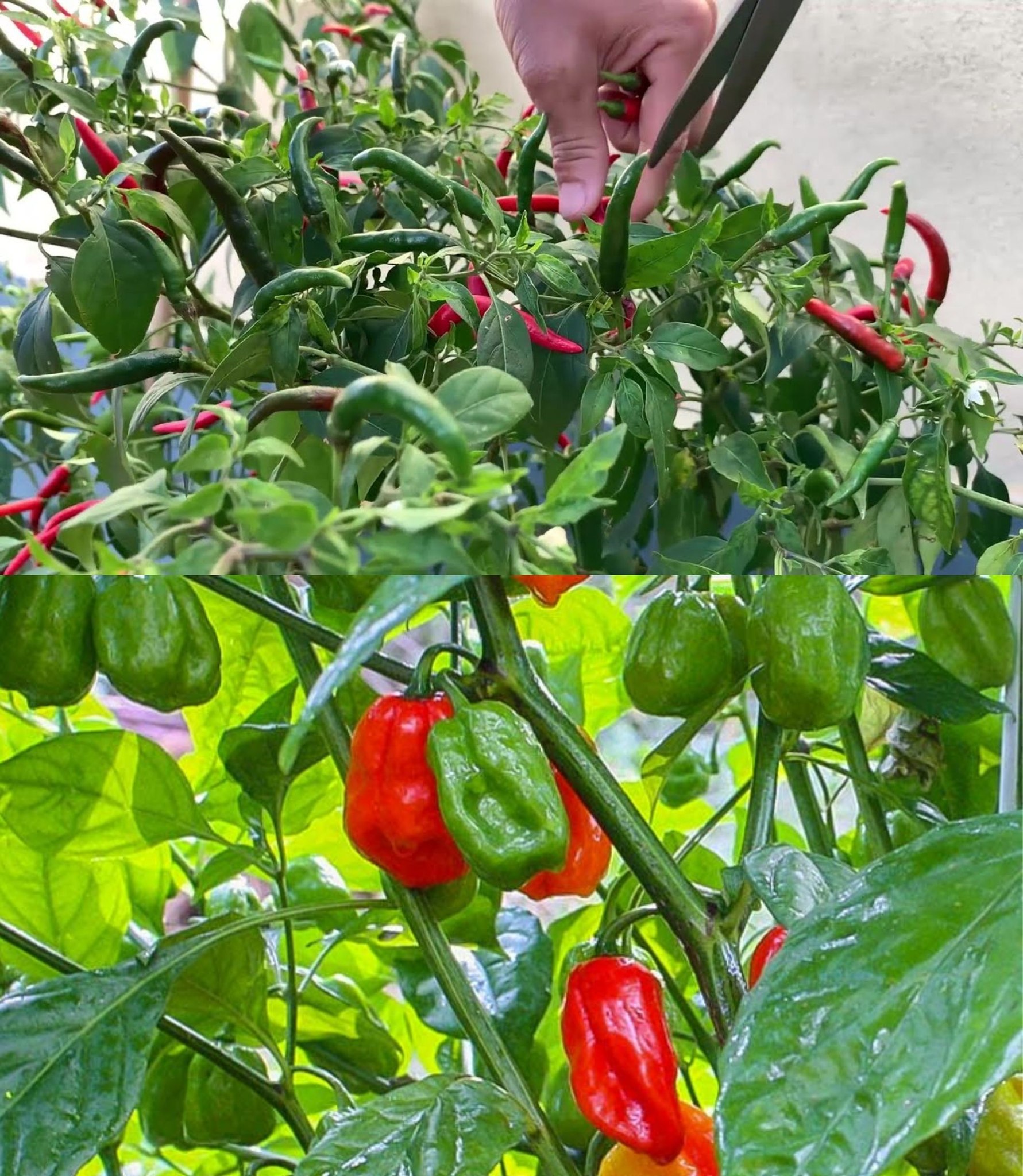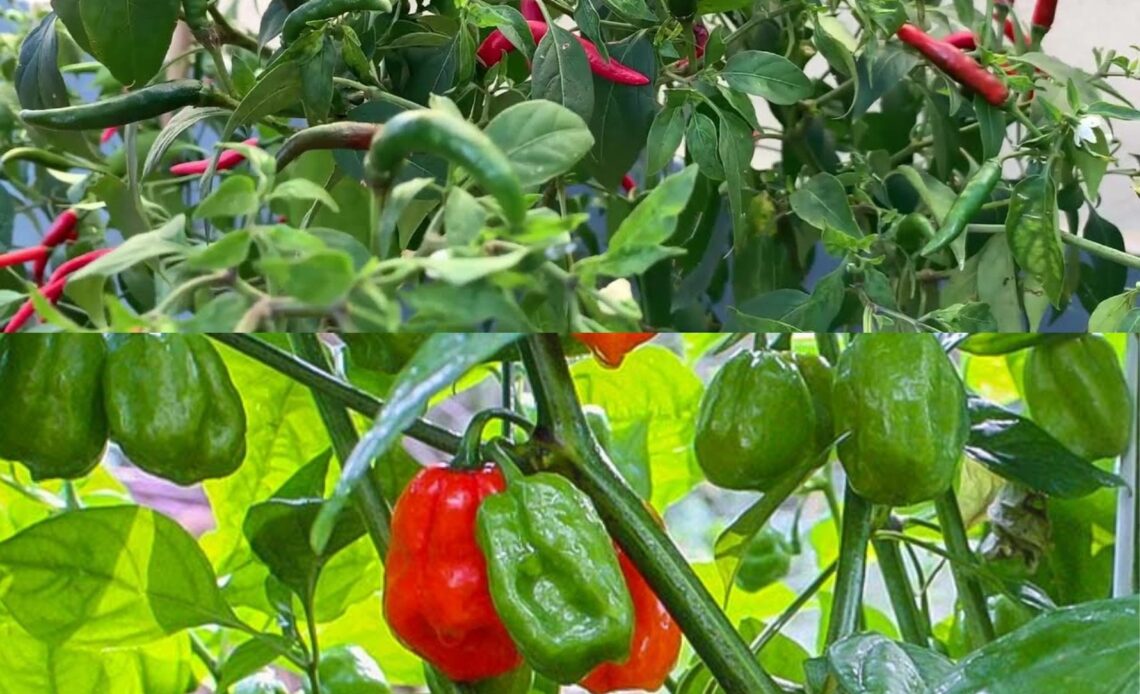
Growing peppers indoors can be a rewarding experience, allowing you to enjoy fresh peppers year-round regardless of the outdoor weather conditions. Here are 12 tips to help you successfully grow peppers indoors:
- Choose the Right Pepper Varieties: Select pepper varieties that are well-suited for indoor growing. Compact and dwarf varieties are ideal as they require less space and are better suited for container gardening.
- Provide Adequate Light: Peppers need plenty of light to thrive indoors. Place them in a sunny location with at least 6-8 hours of direct sunlight daily. If natural light is insufficient, supplement with grow lights or fluorescent tubes designed for plants.
- Use Quality Soil: Use well-draining potting soil that is rich in organic matter. A mix designed for vegetables or peppers is a good choice. Ensure the soil pH is around 6.0-6.8.
- Choose the Right Containers: Use pots or containers with good drainage to prevent overwatering. Ensure the containers are large enough to accommodate the mature size of the pepper plants.
- Maintain Proper Temperature: Keep your indoor environment at a temperature between 70-85°F (21-29°C) during the day and around 60-70°F (15-21°C) at night.
- Water Appropriately: Allow the top inch of the soil to dry out before watering. Overwatering can lead to root rot, so be cautious not to keep the soil too wet.
- Fertilize Regularly: Peppers are heavy feeders. Use a balanced, water-soluble fertilizer every 2-3 weeks during the growing season. Reduce feeding in the winter when growth slows down.
- Prune and Pinch: Prune your pepper plants to encourage bushier growth and better air circulation. Pinch off the tips of young plants to encourage branching.
- Provide Support: Pepper plants can become top-heavy with fruit. Use stakes or small trellises to support the plants as they grow to prevent them from bending or breaking.
- Pollinate if Necessary: Indoor peppers may need help with pollination since there are no outdoor pollinators. Gently shake the plants or use a small brush to transfer pollen between flowers.
- Watch for Pests and Diseases: Keep an eye out for common indoor garden pests like aphids, spider mites, and whiteflies. Treat infestations promptly with organic insecticides or neem oil.
- Be Patient: Pepper plants can take several months to produce ripe fruit. Be patient and provide consistent care to ensure a bountiful harvest.
Remember that growing peppers indoors may require some trial and error to find the best conditions for your specific environment and pepper varieties. With patience and attention to these tips, you can enjoy homegrown peppers all year long.
